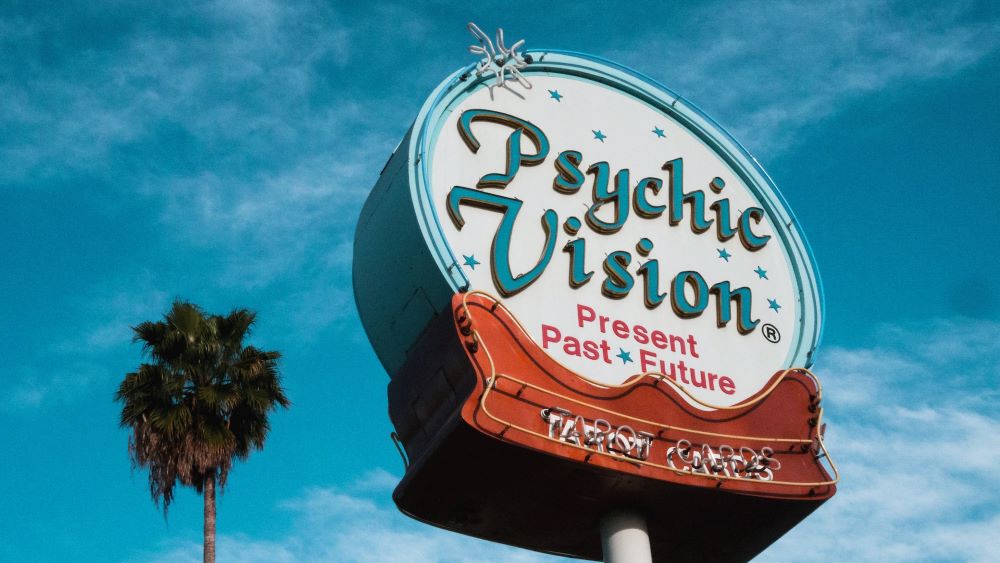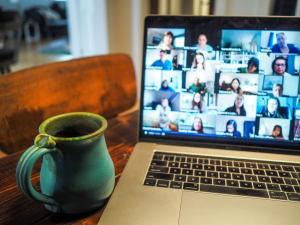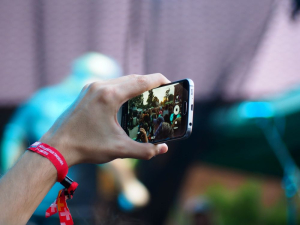Last year, around this time, we published a list of five trends we believed would define the events industry in 2022. And some of them proved accurate.
After two years of the COVID-19 pandemic, events are back big time, but they look different from what they did before COVID hit.
Research by Skift Meetings shows that “meetings and events (…) use more technology, are planned with shorter lead times, have smaller attendance, and most include the option to attend remotely.”
That was 2022. So, what is in store for 2023?
Here are five trends we believe will be prominent for the meetings and events industry in the next 12 months.
Trend #1: Budgets are shrinking while costs are skyrocketing
ICE Annual Report estimates that event-related costs will increase by 83%. A sign of returned confidence in the events industry with large-scale in-person events back on the schedule, it is unfortunately also a consequence of numerous challenges: the costs of energy, F&B, and event production are on the rise, the labor shortage is still very real, raw materials prices have skyrocketed, etc.
Photo by Towfiqu barbhuiya on Unsplash
Unfortunately, as shown in Skift Meetings’ latest report, budgets are still decreasing, as a total of 36.7% of respondents report a decrease in their 2023 budgets compared to 2019.
We believe this will affect how events are held with smaller and more local events (no air travel needed).
Trend #2: Experience-first events become even more critical
With the return of in-person events, planners might get excited that everything is back to “normal.”
And, yet, nothing could be further from the truth. Two years of the COVID-19 pandemic have given many people a taste of what a better work-life balance feels like. And, as much as people missed the in-person connections, many are not quite ready to go back to attending large in-person events if the experience is not guaranteed.
It might seem counterintuitive to say that events and meetings in 2023 will be experience-first, as events are, after all, experiences, and we’ve been talking about making your event an actual experience for years now.
But there are parts of an event that can be experienced remotely without changing the perception of attendees that much (panels, learning activities, etc.), especially as digital events and metaverses multiply.
Photo by Chris Montgomery on Unsplash
Remote work has lessened in-person demand, and attendees now need a good reason to leave the house, especially with inflation issues, rising fuel costs, and travel problems.
Indeed, the Skift Meetings’ report states that 73% of respondents reported lower attendance to their business events compared to 2019.
So if planners want people to attend in person, they will have to shift their focus on making the event worth it by including elements that can only be experienced live and in person.
Trend #3: Tech is used to enhance the experience
With the advent of metaverses, it’s likely that event planners will start to pay more attention to using tech to enhance the experience of their attendees.
While not a new concept, metaverses gained visibility when Facebook rebranded its corporate identity to Meta in October 2021.
Some of the technologies that provide access to this virtual world, such as virtual reality (VR) and augmented reality (AR), have been around for a while but still need to gain traction at events.
Photo by Uriel Soberanes on Unsplash
Metaverses might open a whole world of possibilities for event planners, such as virtual conference centers, virtual booths, and shops. This could generate more interest in virtual and hybrid meetings and events.
Trend #4: Social listening is on the rise
Hootsuite defines social listening as “the practice of monitoring social media channels for mentions of your brand, competitor brands, and related keywords.”
Social listening can be used both for crisis and emergency, but also for social care.
Event planners can be alerted through complaints via social media about all kinds of potential crises: suspicious-looking people who need to be flagged and reported to security professionals, operational concerns such as loose sparking wires or slippery floors, health emergencies such as food poisoning concerns from people feeling unwell after having had food from the same vendor, etc.
Photo by Rob Hampson on Unsplash
Mainly, though, social listening will help with regular requests for help or information. A chatbot can help tremendously with that type of workload as people now fully expect mobile-friendly support channels with almost instantaneous response and problem resolution. Helplines are now things of the past!
Trend #5: Content creators are everywhere, and planners should use them
Events are a people business. Organizers and attendees, of course, but also the staff and volunteers needed to operate the booths, the doors, etc.
Almost everyone nowadays is the happy owner of a smartphone with a high-power camera. That means everybody present at an event can be a potential content creator.
Unless they are prohibited from doing so, people will share exciting moments they come across. And with the prevalence of social media these days, this trend is likely to be stronger than ever.
Photo by lifesimply.rocks on Unsplash
So take advantage of it for your events, and encourage your teams to take pictures and videos that will pique the interest of potential future attendees or show your sponsors they were well represented at your event.
And don’t forget you can also use gamification to encourage content creation among your attendees by organizing, for example, a photo scavenger hunt with prizes.
In conclusion
These are both scary and exciting times for the meetings and events industry.
On the one hand, budgets are contracting while costs are expanding, and attendees’ expectations remain the same, if not higher. The COVID-19 pandemic is still around in many places, travel woes have made the headlines multiple times in 2022, and people are not as eager as they used to be to travel for days to meet in person.
But on the other hand, we believe exciting times are ahead with more possibilities available for social care, content creation, and tech-enabled experiences.
To help you navigate these uncertain times, you can count on the teams at totm exposition. Contact us today if you have a project you would like to talk about!






